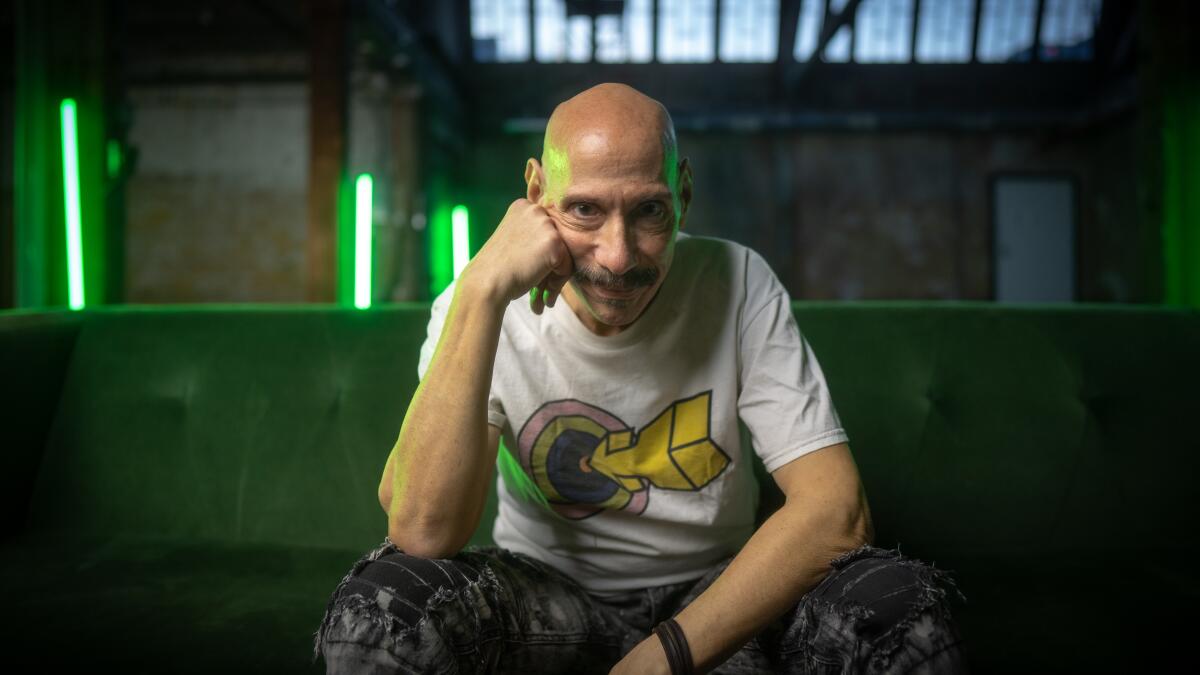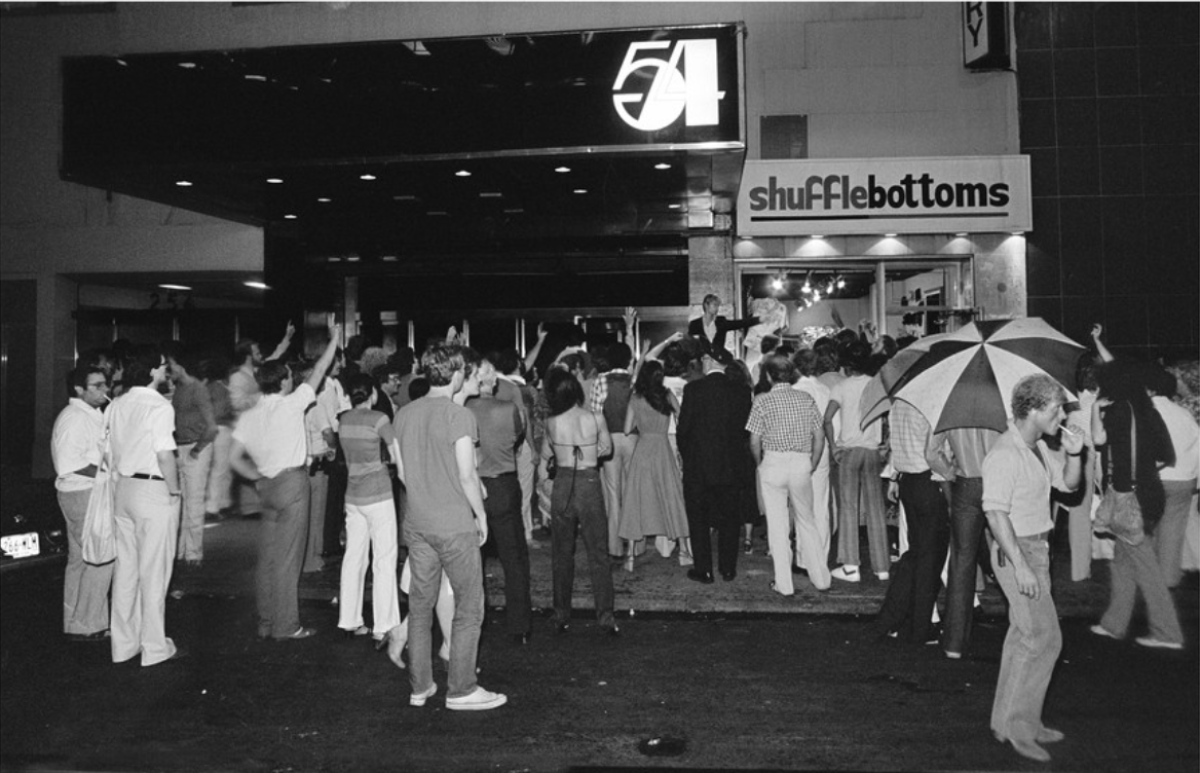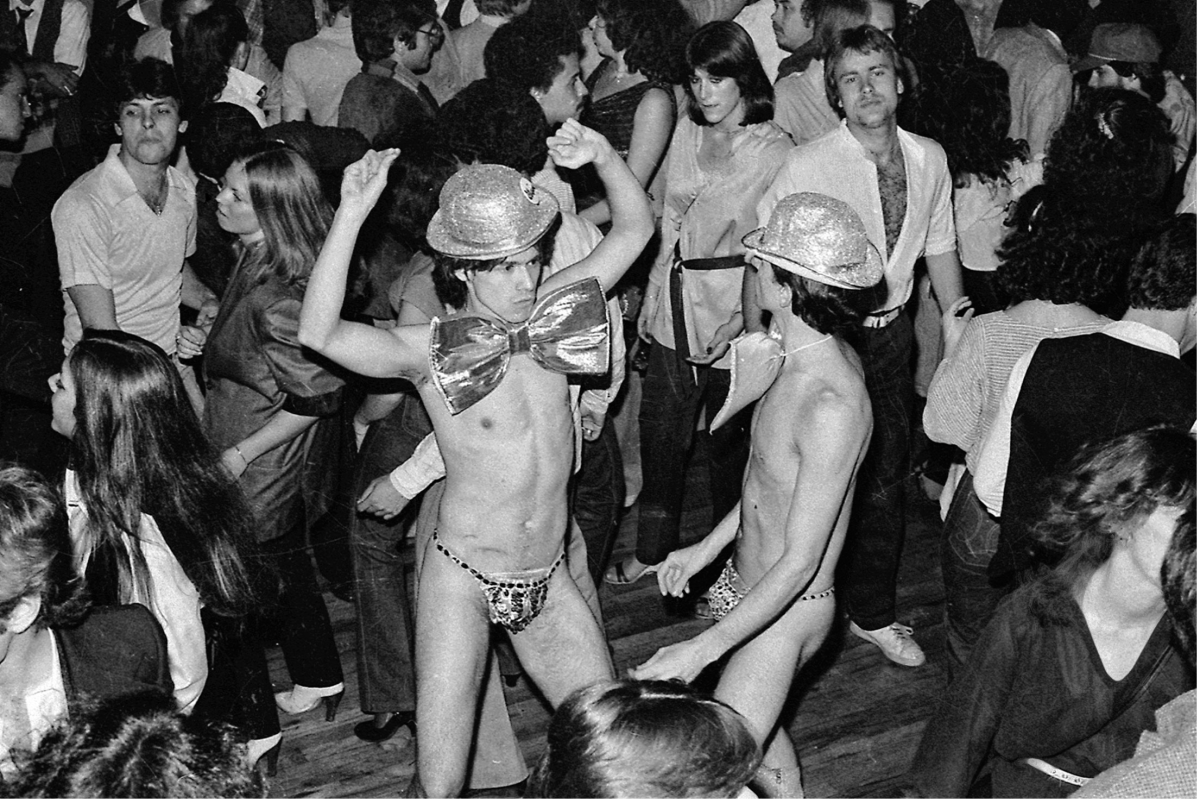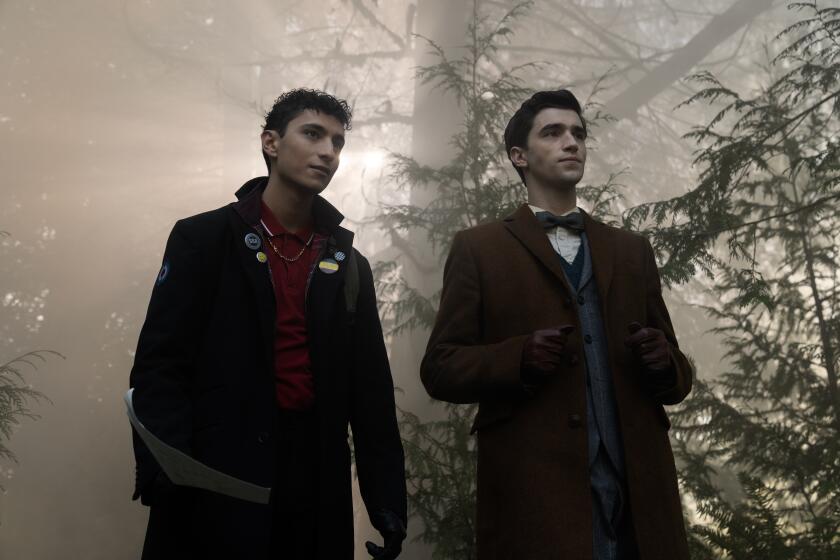‘Disco: Soundtrack of a Revolution’ documents the flamboyance and fortitude of a genre

Disco! The very word hustles you back to the 1970s, the decade in which it was gloriously born in the loft parties and basement clubs of New York, where it blossomed into a national obsession and entered its decadent phase, when Ethel Merman went disco. And if you don’t remember the ’70s, you may recall parties when you dressed up in your parents’ old clothes and danced to their records.
It defined a time, and the three-part documentary “Disco: The Soundtrack of a Revolution,” beginning Tuesday on PBS at 9 p.m. Pacific (and already streaming from PBS.org) ties the music not just to its place in the evolution of pop but to the liberation movements of the time, as an expression, originally, of Black, brown and queer subcultures — but also as a genre that gave female singers a different, more assertive, self-confident voice. “I will survive,” went the song, and if all this series does is get you to listen to Gloria Gaynor again or for the first time, it’ll have been worth it.

Though mass success is exciting, obviously, and empowering to the artist, stories of music history are never more exhilarating than when detailing the creation of a new style, before money is an issue or even a possibility, when it’s the expression of a community rather than the bet of a corporation. “Soundtrack of a Revolution” captures that moment thrillingly, though, as is often the case with such histories, the rise is followed by a fall — the lows are here, along with the highs — and often a rebirth. There’s hardly any creative form that hasn’t been declared dead only to come sneaking or roaring back in some retooled but spiritually similar form. You can’t keep something as joyful and jubilant, as flashy and flamboyant and fundamentally democratic as disco down.
Here’s a guide to queer TV shows, from ‘Dead Boy Detectives’ to ‘Veneno’ to ‘The L Word,’ to make your Pride Month merry.
Ironically, in 1977, the year that Studio 54 opened its doors to a chosen few, 5,000 discos opened across the country. “Saturday Night Fever” was released; its soundtrack at one point was selling 200,000 copies a day. In a sense it was the beginning of the end for disco — walled off by exclusion on the one end and melted into the mainstream on the other. The “disco demolitions” that were briefly in the news — public destruction of disco records, most famously causing a riot at Chicago’s Comiskey Park — were as much as anything a matter of straight white rock fans reacting to the straight white embrace of disco, as hundreds of radio stations converted to the music full-time.
And so, chasing excitement, cutting-edge dance music went underground again, as “Soundtrack of a Revolution” duly notes. Hip-hop as a local New York City phenomenon was well underway when the Sugarhill Gang’s “Rapper’s Delight” broke through in 1979. House music, born in Chicago, brought an electronic foundation to post-disco disco music that has continued, through myriad new subgenres and international offshoots, to inform dance culture to this day.

Not every artist is covered or great song heard. But “Soundtrack” hits all the important points over its three hours, cogently presented and mostly a lot of fun — a mutually illuminating mix of anecdotal reminiscence, musical analysis, historical accounting and political theory. Along with archival interviews and clips, there are new interviews with singers Candi Staton, Thelma Houston, Anita Ward, Nona Hendryx and Victor Willis, the “cop” from the Village People (the gay ’70s Spice Girls, formed from an ad seeking “Macho Types ... Must Dance and Have a Moustache”); influential DJs Nicky Siano and François Kevorkian, who helped create a new career path; Philadelphia drummer Earl Young, credited with creating the four-on-the-floor disco beat; critics and clubbers; Robert Williams, whose off-hours nightclub Warehouse gave disco successor house music its name; and a host of activists and scholars to sell the thesis of the title.
It’s probably too much to say, in a cause-and-effect sense, that disco changed politics, or that politics created disco. But every movement has its signature sounds, whether it’s the folk and gospel that accompanied the civil rights movement or the psychedelic music that underscored antiwar protests later in the decade. But the music and the movement(s) advanced hand in hand, even as the wider culture followed at a distance.
And dancing and dance music are almost by definition liberating, going back forever in every place and culture, and as such have been labeled dangerous by agents of the status quo. The sounds and the steps change, and one generation’s inventions may be regarded as quaint by the next — which might be regarded as a kind of progress — but in their time they can shake, and shake up, the world.
More to Read
The complete guide to home viewing
Get Screen Gab for everything about the TV shows and streaming movies everyone’s talking about.
You may occasionally receive promotional content from the Los Angeles Times.








